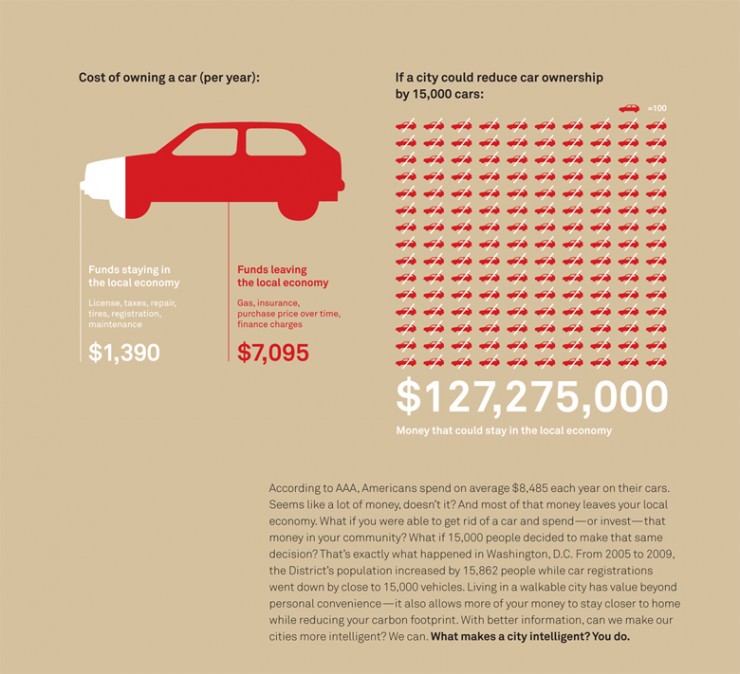San Francisco Taxi Cabs Must be Used More Efficiently
By: Ben Shore
Many of us have stood along the Embarcadero, around Union Square or outside Pier 39 on a rainy and cold San Francisco evening waiting patiently for a taxi to come to our rescue.
And we’ve waited.
And waited.
It’s no secret that San Francisco taxis – when we seemingly need them most – are hardest to find. The reason is simple. San Franciscans who use taxis mostly use them at the exact same time – during commute hours, Friday and Saturday evenings and on rainy days. These “peak times” certainly help to keep drivers busy but they also serve as a reminder that San Francisco’s taxi system needs to be upgraded.
As a city that encourages our citizens to ride public transportation and keep as many cars off the road as we can, we simply must take a more sophisticated approach that works for everyone – drivers and commuters.
The San Francisco Municipal Transportation Agency recently announced plans to study a test program that would add additional taxi cabs during the so-called “peak hours.” This is a good start, but doesn’t go deep enough.
San Francisco taxis charge among the highest taxi cab rates of big cities throughout the country, yet our taxi system breeds inefficiency.
From the fact that there isn’t a sufficient city-wide taxi dispatch system to the fact that there isn’t even a city-wide standard to tell when cabs are in use or not as we try to hail them (some are full when their lights are on some are full when their lights are off), we need to address the taxi cab issue at the ground level.
While it’s possible that putting more cabs on the streets during peak hours could help alleviate the problems many San Franciscans face when attempting to hail themselves a ride, we should first look at ways in which we can use our existing taxi fleet more efficiently and responsibly.
A report from the Texas Transportation Institute at Texas A&M found that San Francisco-Oakland was the 6th most car congested region in the county in 2009 with commuters delayed – on average – 49 hours and racking up an average of $1,112 in “congestion cost.”
The challenge for transportation planners, and the politicians who oversee them, is to present total solutions that will save all of us time and money by taking more cars off the streets.
Taxis were the original car-sharing program – think yesterday’s Zipcar – and could still be used to that end. If we can create a more efficient taxi cab system then we can also expect to see added environmental benefits as well as a rise in public transportation usage. According to Clean Fleet Report, Zipcar’s over 350,000 members each take over 15 cars off our streets. If we could create a taxi system that encourages more people to think of and use SF taxis the way they think of and use Zipcar, then our streets too can see this benefit.
Furthermore, members of car-sharing programs have a 47% increase in public transit usage, 10% increase on riding bikes and 26% increase in simply walking.
When people know there is a car or taxi available for those rare times when they need one – they can sell their own cars and rely on public transportation, biking or walking the rest of the time. And one of the reasons car-sharing programs like Zipcar seem to be gaining popularity is their efficiency. People know that when they need it, a car will be there waiting for them – instead of the other way around. Our taxi cab system should be run the same way.
Another example of taxi inefficiency in San Francisco comes from this article from the San Francisco Chronicle that points out, “the city’s regulations for taxi medallion holders…creates an imbalance with too many cabs on the streets during slow periods…and too few during the busiest times…” Keeping taxi cabs out when not enough people need them can actually cost our dedicated cab drivers – who must pay $104 to rent out their taxis for each shift – money.
This system isn’t fair to the taxi drivers and certainly isn’t fair to those of us standing on Market and Van Ness during a downpour.
So, besides flooding the city with more taxi cabs during high traffic times, why don’t we use technology to run a more efficient system?
While there are services that dispatch cabs from different taxi companies throughout the city, they are simply not unified enough. By instituting a city-wide taxi dispatch system by which the cabs that are already on the streets are sent to the busiest areas, we could better serve the needs of San Franciscans without having to add more cabs that clog traffic and eat into drivers’ profits.
There are also smart phone applications like Taxi Magic that show users which cab companies are in their immediate area while providing contact information. Some taxi companies even allow for cab orders to be typed in directly through this app. San Francisco should look to invest in and expand these technologies to create a more streamlined and efficient taxi system that gets cabs to where people need them most.
With better technology and integrated dispatch will come better use of our existing taxi fleet. Instead of looking for fares – which costs drivers money – they will be in use, which benefits everyone.
As a first class city with first class cabs and cab drivers, shouldn’t we demand a first class way to use our cabs? Upgrading the way we dispatch cabs throughout San Francisco will help the taxi drivers by steering them towards riders and not cutting into their earnings by diluting the market. But above all, a more integrated system will help all those chilly San Franciscans who are out on the street hailing a cab and waiting and waiting and waiting…










